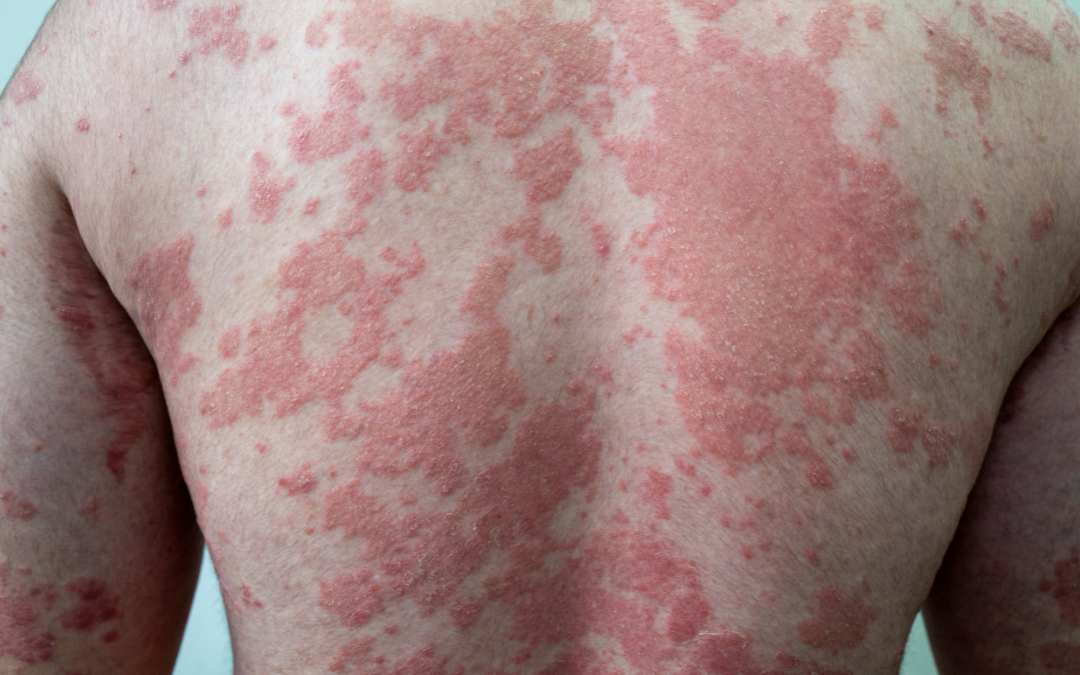EXAMINING YOUR SKIN
Clinical diagnosis of eczema is most commonly based on the appearance of a patient’s skin and on their family and personal history. However, because there are many similar conditions to eczema (e.g. psoriasis), your medical practitioner will have to examine your skin lesions in order to rule out alternatives problems. They may even need to carry out a skin lesion biopsy to establish exactly what you are suffering from, although in most cases this is unlikely to be necessary.
Once your medical practitioner has established that you are indeed suffering from psoriasis, it is likely that they will recommend various courses of action depending upon the severity of your psoriasis problem.
Nevertheless, irrespective of what kind of treatment they prescribe for you, your priority should always be your diet – that is the best way to heal your psoriasis.
There are many strategies that your medical practitioner may recommend you should adopt as a way of reducing the severity of your problem, ranging from moisturizing your skin (more of which later), applying topical pharmaceuticals, or in more serious cases, they may even recommend oral medications.
MEDICATIONS
Medical treatment for psoriatic arthritis The goals of treating psoriatic arthritis can be broken down into three different categories. These are:
• To first control the symptoms;
• Next to inhibit and control joint damage and deformities and finally
• To prevent disability.
However, every single psoriatic arthritis sufferer is different, and therefore no single medical treatment will solve everyone’s problems.
For this reason, there are many different specific formulations of different drugs used to treat psoriatic arthritis sufferers, but the majority of these drugs fall under one of two categories. Consequently, rather than dealing with every individual drug, it makes more sense to look at the two different classes of drug to explain why they work and the potential adverse side-effects of each.
NONSTEROIDAL ANTI-INFLAMMATORY DRUGS (NSAIDS):
NSAIDs are drugs that help to alleviate pain, ease the stiffness in joints and take down swelling that is all too commonly associated with every form of arthritis. These particular drugs are very commonly used by nonpsoriatic arthritis sufferers, and can include such common household medicines as aspirin and ibuprofen.
Obviously, the potential side-effects of the particular NSAID that you are taking will vary from one medicine to another, but they can include nausea, headaches, vomiting, diarrhea, suppressed appetite and dizziness.
They can also encourage water retention which in turn might encourage edema, and in a worst-case scenario, they can cause kidney or liver failure, ulcers and prolonged internal bleeding, particularly after surgery.
DISEASE-MODIFYING ANTI-RHEUMATIC DRUGS (DMARDS):
Using DMARDs is generally considered to represent a less effective way of treating psoriatic arthritis, because whilst they slow down the development of the condition, they very rarely stop or reverse it altogether.
Also, because in many cases it takes the drug in question anywhere from six to eight months to have any positive effect, they are generally also considered to be slow acting drugs as well.
Although it is not fully understood how DMARDs work, it is generally agreed that they effect a slowdown in the advance of psoriatic arthritis by slowing or modifying the activities of the immune system of the sufferer in some way.
However, once again, depending upon the particular type of drug that is prescribed to you, you have to be aware that there are potential of unpleasant and dangerous side-effects.
These include stomach pain, diarrhea or constipation, nausea, vomiting, headache and possibly a violent skin rash. Then there are potentially even more dangerous side effects such as increased blood pressure, lowered white cell count (which may partly explain why they are effective in treating a psoriasis related condition), hair loss and increased susceptibility to infection.
CONCLUSION:
As with psoriasis itself, you cannot fail to arrive at the conclusion that in some cases, the treatments that your dermatologist or medical attendant might recommend to you could in some cases be as bad as if not worse than the medical condition that they are prescribed to treat.



0 Comments